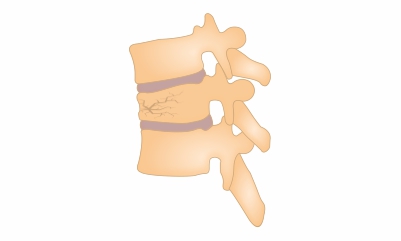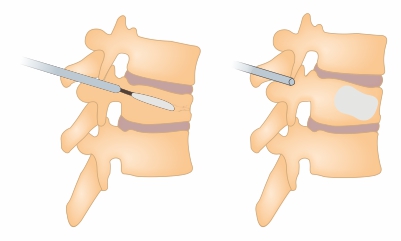Spinal Compression Fracture
The vertebrae numbered T1 to T12 form the upper part of the spine, called the thoracic spine. These vertebrae form the base of the powerful spinal column of the thoracic region that supports the top of the spine, the rib cage, soft tissues, flexible joints, blood vessels, and nerves. There is a reduction in the height of the vertebrae due to compression fractures, as the name suggests.
Most commonly occurs in the middle spine (thoracic spine), especially in the lowermost vertebrae (T11/T12).

Causes
- Osteoporosis or weak spinal bones
- Any trauma or injury to the spine
- Wrong posture
- Condition like metastatic disease or cancer
Symptoms
- Severe pain in back, arms and legs
- You can also feel muscular weakness and numbness of the fracture affects any nerve
- Radiating pain in the lower limb
- In some cases there is a hunched appearance in on the back due to fracture
- You can also feel insatiable spine
Diagnosis
- Your medical history and physical examination by your doctor
- Evaluation of bone structure, shape, and for the presence of any fracture, x-ray is prescribed
- MRI is more accurate than an x-ray, which also provides visualization of soft tissue damage
Treatment
- Conservative:
- You need to take proper rest and need to avoid activities like bending forward and lifting weight or any
- Your doctor will prescribe medication to reduce pain and inflammation
- Your doctor will also suggest a back support brace (orthosis), to restrict the movement and support the back. Brace restricts your forward bending movements and holds your back(spine) in an erect position.
- Physical therapy may suggest back muscle strengthening.
- Surgical treatment
- When this compression fracture causes a more than 50 percent loss of vertebral height, surgery is optimal.
- Internal fixation
- Spine fusion with bone graft

